Our analogue astronauts will be very busy during the mission! As in a real space mission, they will have maintenance and outreach to do, but also scientific experiments to perform. Asclepios collaborates with many laboratories, companies and scientists who put their systems in our base, so that the astronauts conduct their experiments in situ. The results will hopefully be useful to the scientific community and to space exploration. These experiments can be classified into four main areas: Life Science & Med, Environment & Physics, Engineering, and Engineering & Management.
LIFE SCIENCE & MED
ENVIRONMENT & PHYSICS
ENGINEERING
ENGINEERING & MANAGEMENT
Sleep Dysregulation
Figures
Diet
fNIRS
Medication Management
Social Interactions
TURTLE
Soil Periods
Hydration
Astro Casco
Lexicon
Deployable Solar Reflector
Tower Structure
Tower Sensor
Casing
Spectometer
Astrolink
Air Quality
Asclepios SPEL
LIFE SCIENCE & MED

Sleep Dysregulation
Partner: Mark Rosenberg, SGAC
Science Officer: Ilaria

Figures
Partner: Nicolas Soulard, SGAC
Science Officer: Chiara
Diet
Partner: Stavroula Chaloulakou and Kristine Jane Atienza, SGAC
Science Officer: Simon

fNIRS
Partner: Jessica Studer, Uni Bern
Science Officer: Ilaria
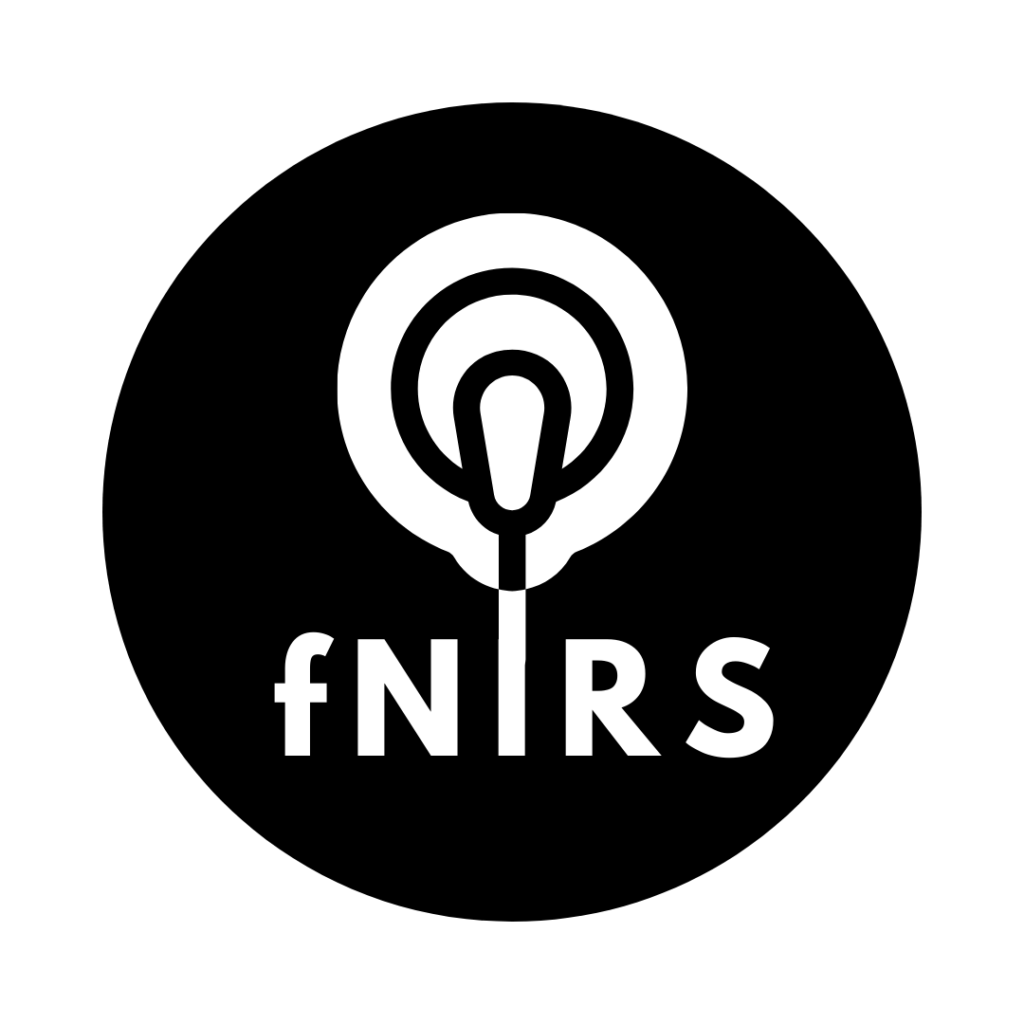

Medication Management
Partner: Li Shean Toh, University of Nottingham
Science Officer: Ilaria

Social Interactions
Partner: Jeremy Roumian, Human Adaptation Institute
Science Officer: Simon
ENVIRONMENT & PHYSICS
TURTLE
Partner: Paolo Pino, SGAC
Science Officer: Nicolás S
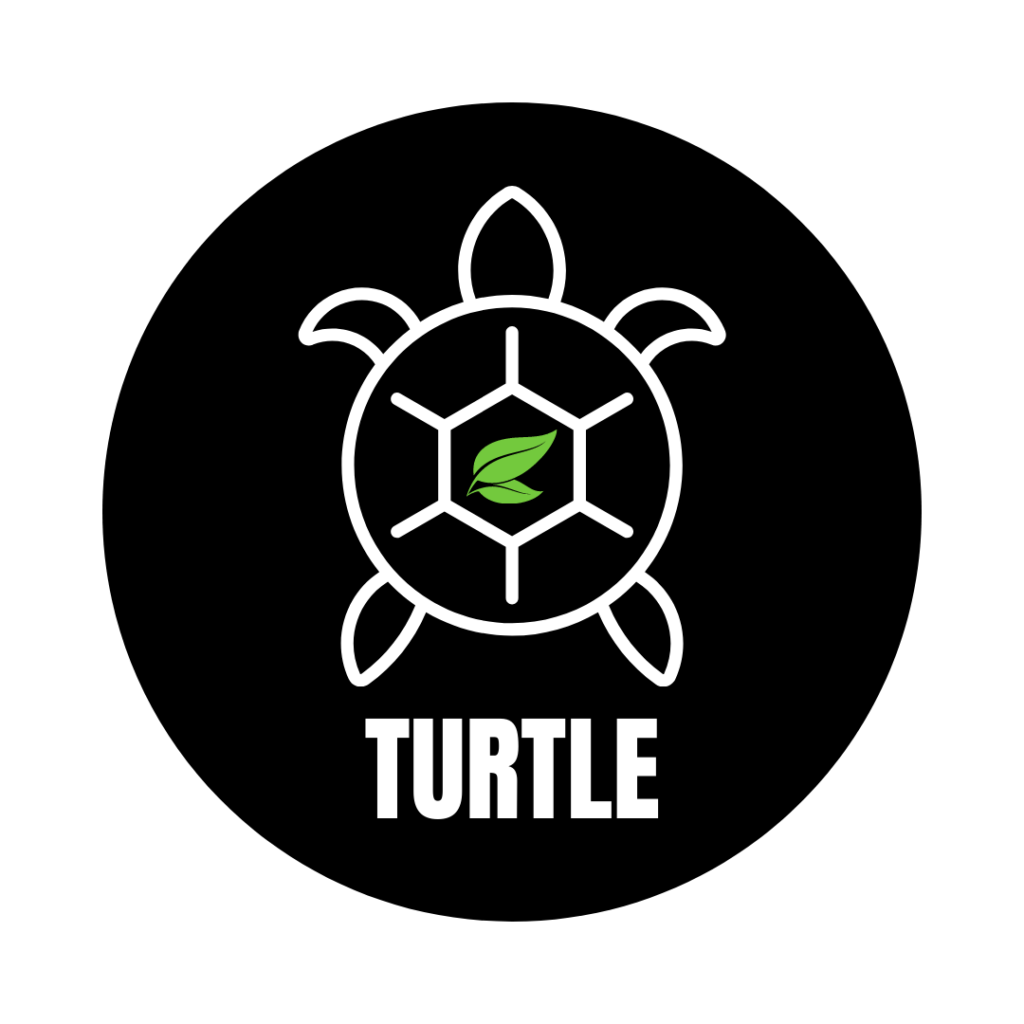
Soil Periods
Partner: Estefanía Alejandra Aguilar Gonzále, UDEC
Science Officer: Nicolás S
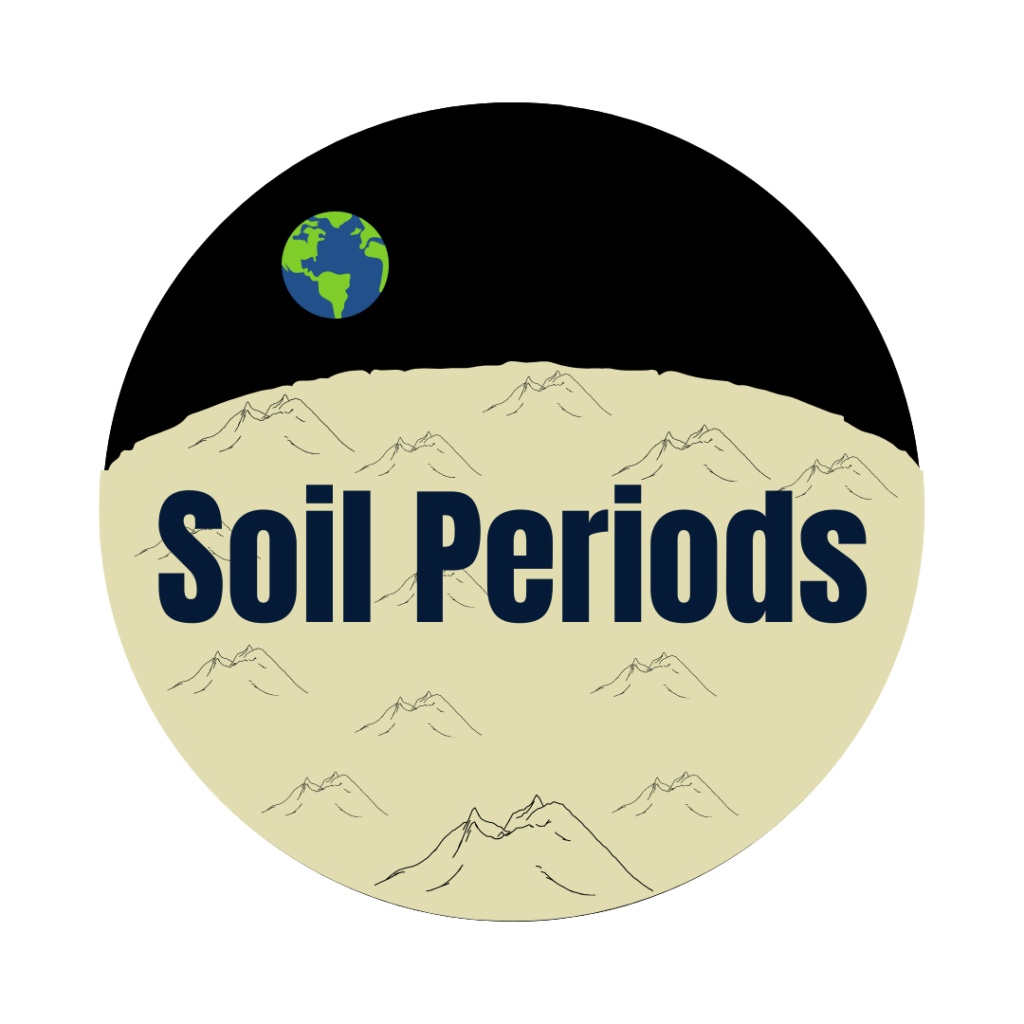
ENGINEERING

Hydration
Partner: George Lordos, Massachusets Institute of Technology
Science Officer: Chiara
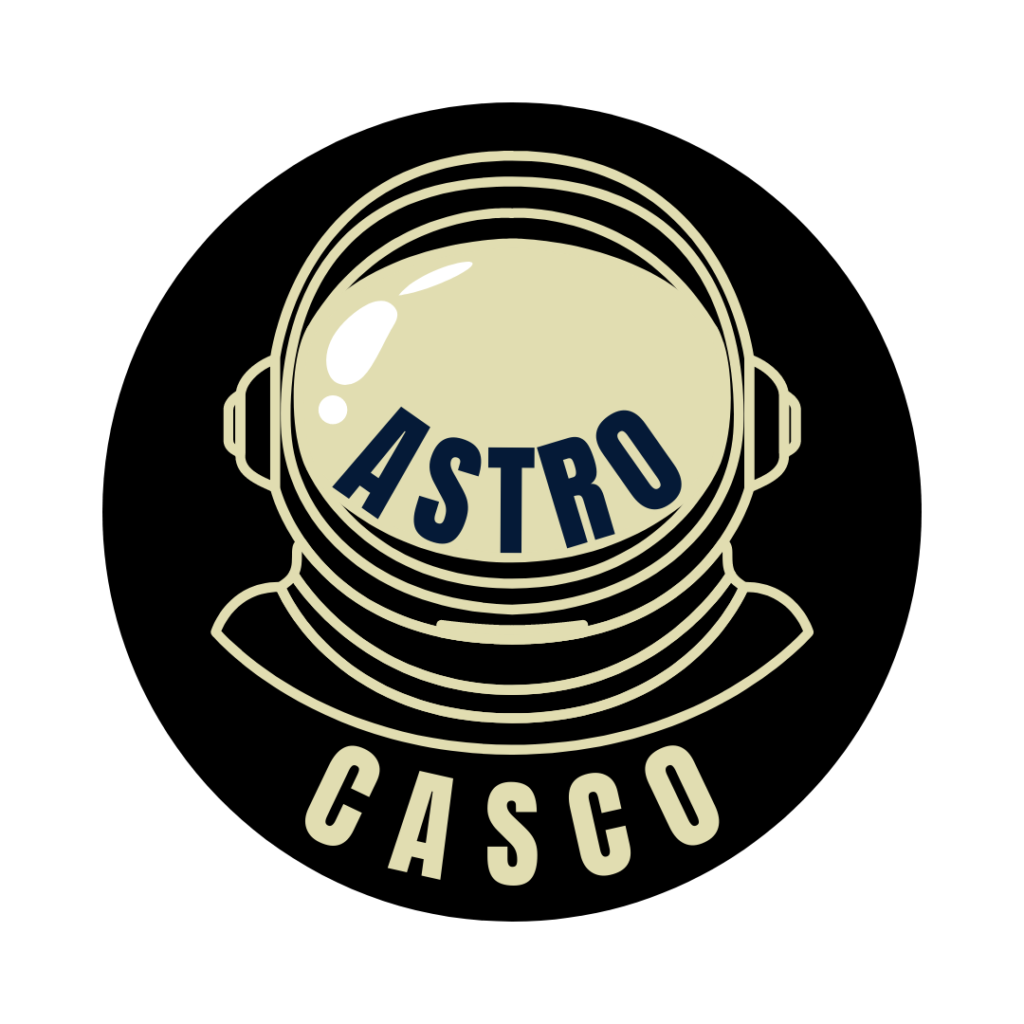
Astro Casco
Partner: Sebasthian Ogalde
Science Officer: Simon
LEXICON
Partner: Saba Mohammadi Yengeje , Polispace
Science Officer: Chiara
Deployable Solar Reflector
Partner: Vipul Mani, TU Berlin
Science Officer: Nico
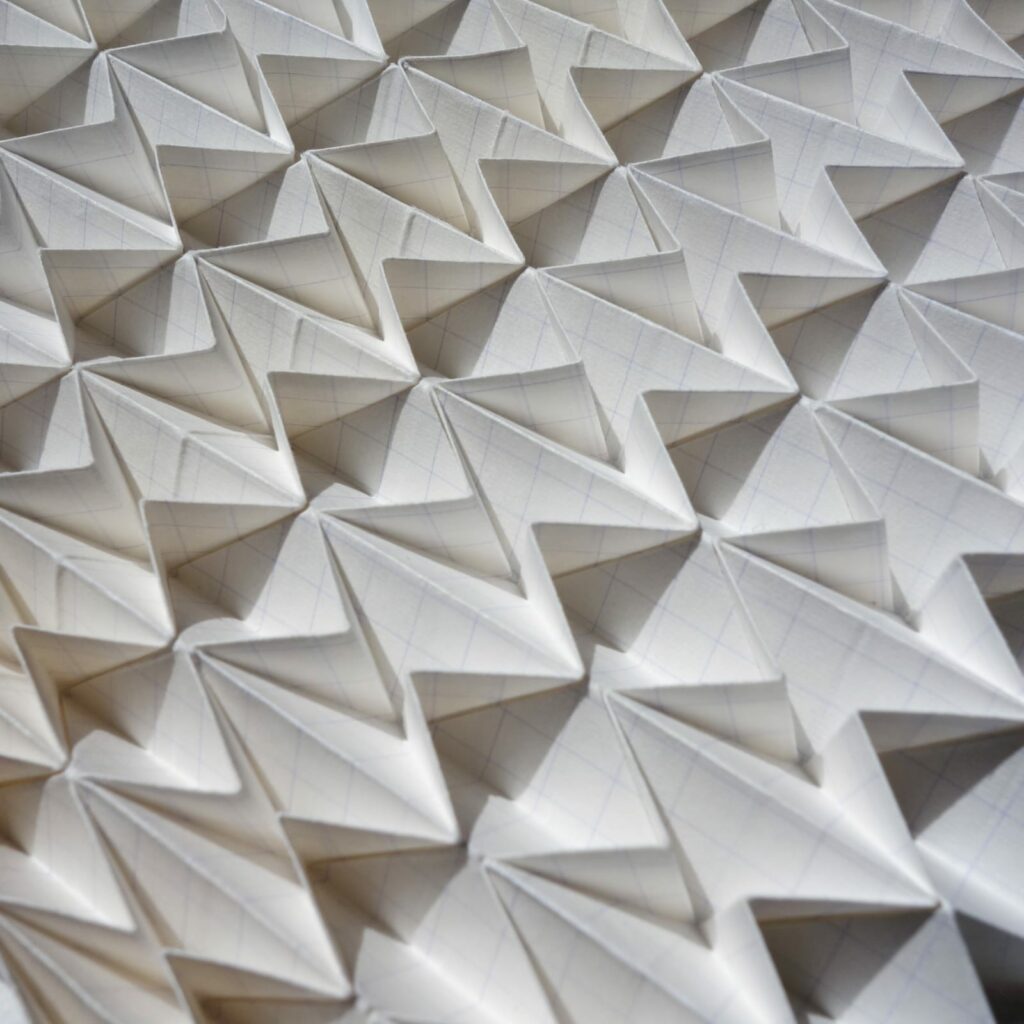
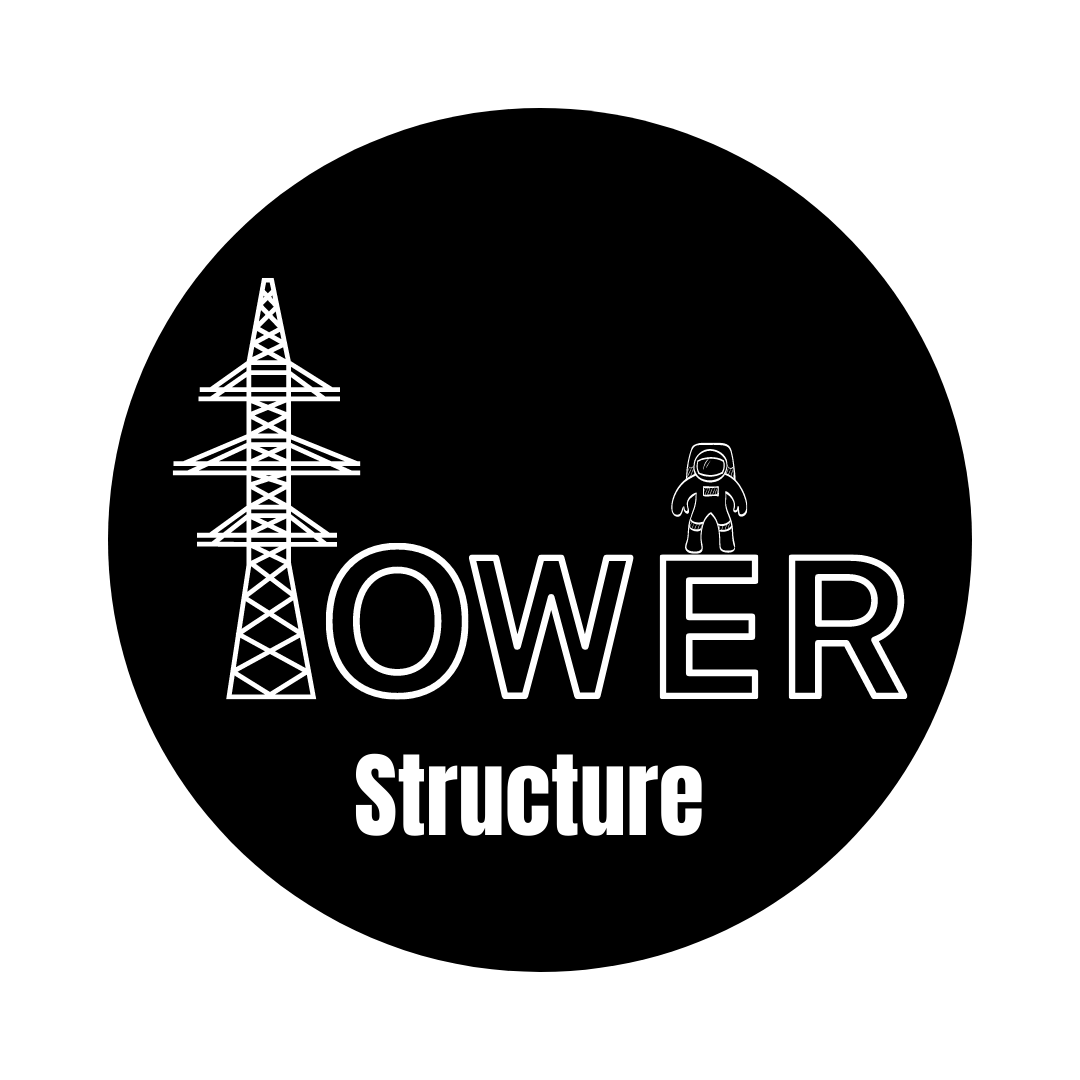
Tower Structure (extreme condition connectors)
Partner: EPFL
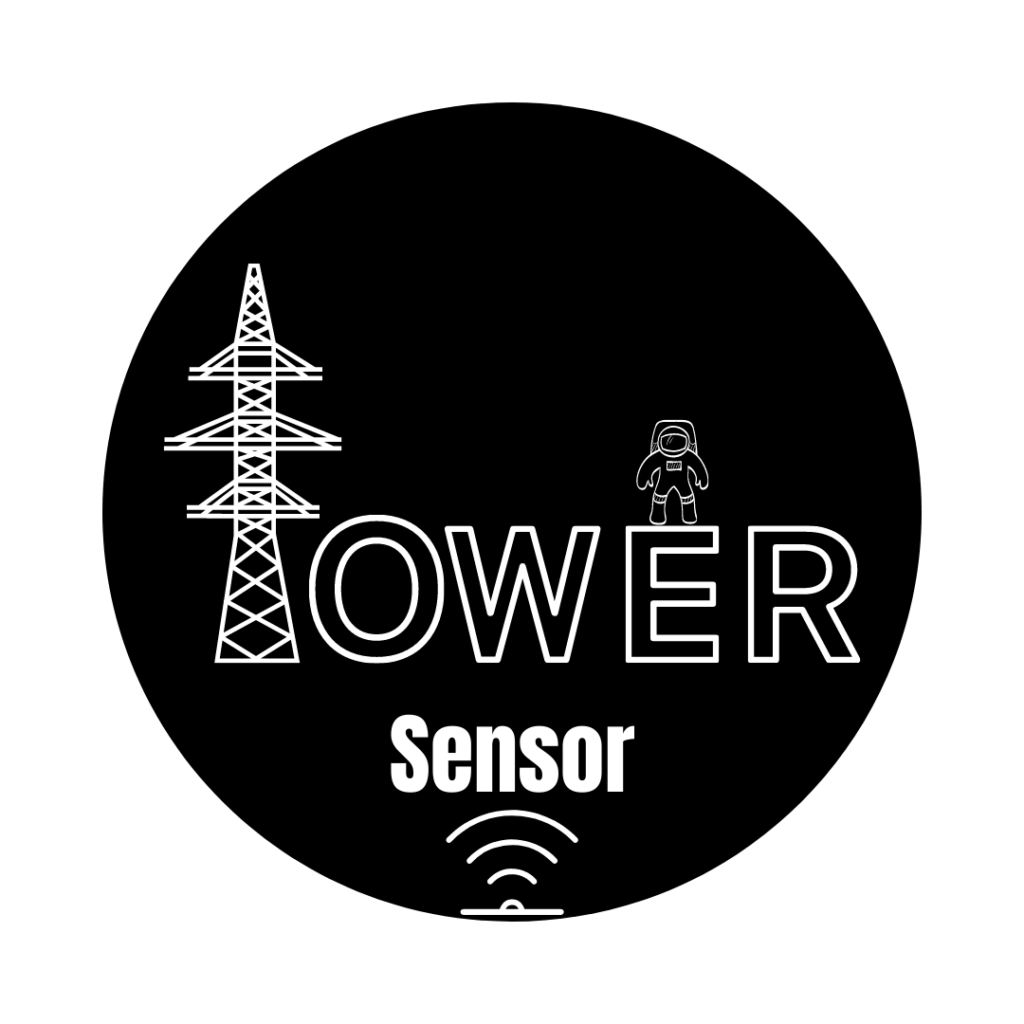
Tower Sensor
Partner: EPFL
Casing
Partner: EPFL

Spectrometer
Partner: EPFL

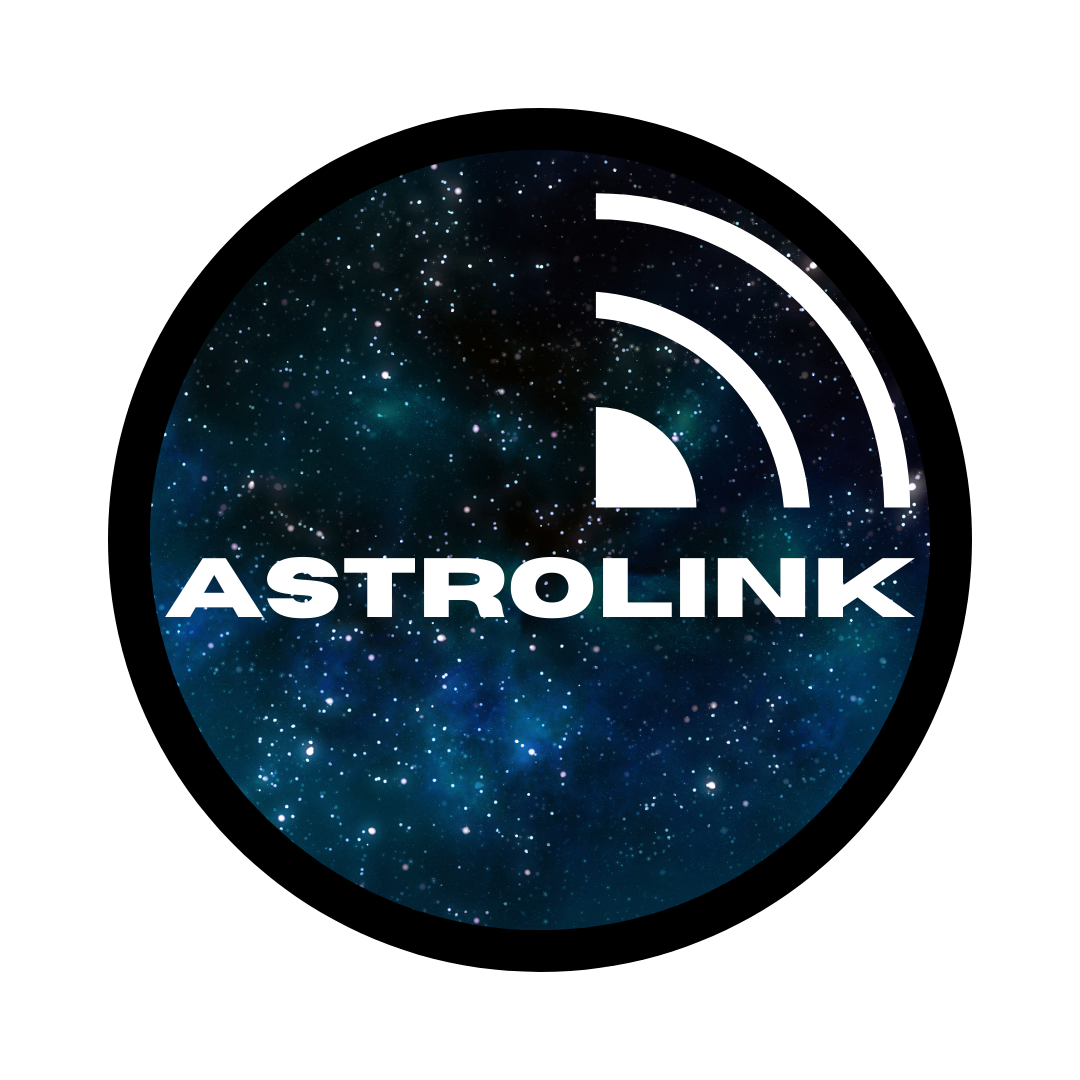
AstroLink
Partner: EPFL
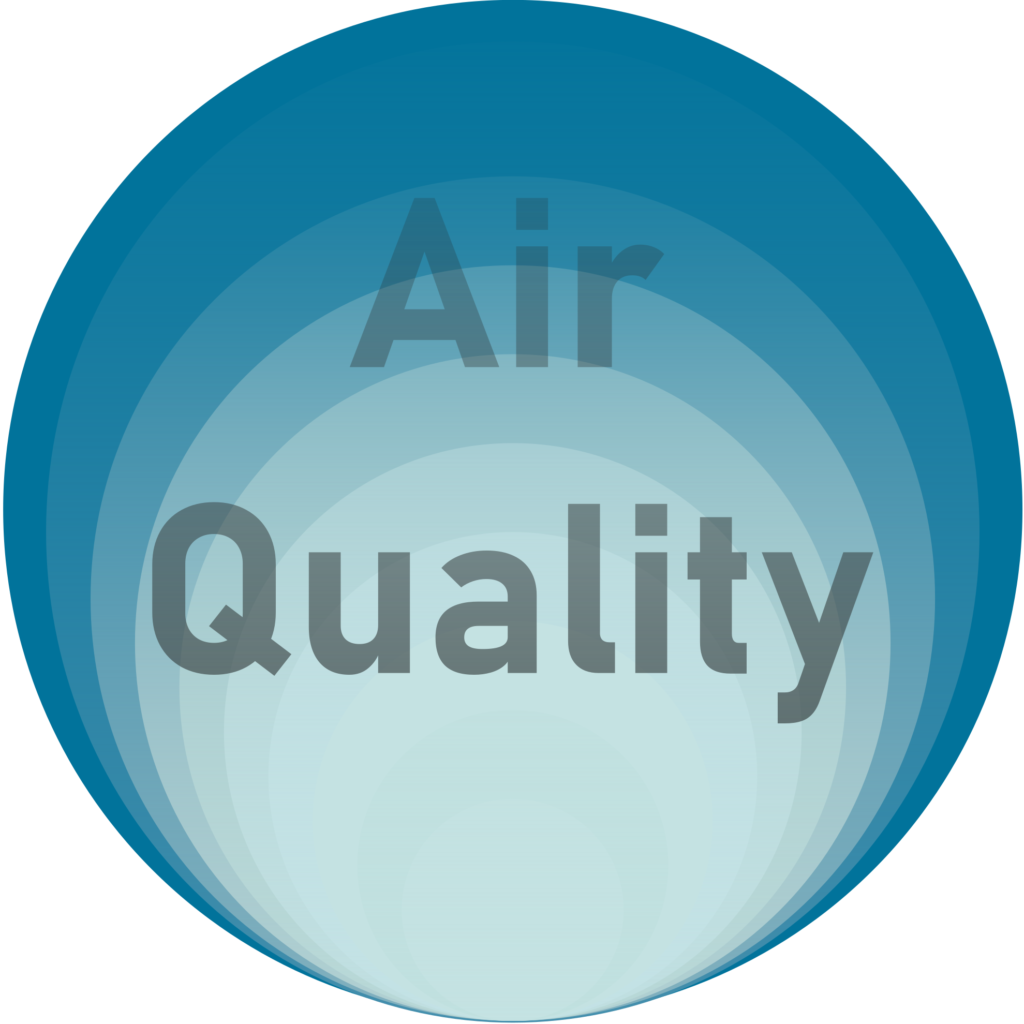
Air Quality
Partner: EPFL
ENGINEERING & MANAGEMENT
Asclepios SPEL
Partner: Veronica Orlandi, EPFL

Our analogue astronauts will be very busy during the mission! As in a real space mission, they will have maintenance and outreach to do, but also scientific experiments to perform. Asclepios collaborates with many laboratories, companies and scientists who put their systems in our base, so that the astronauts conduct their experiments in situ. The results will hopefully be useful to the scientific community and to space exploration. These experiments can be classified into four main areas: Life Science & Med, Environment & Physics, Engineering, and Engineering & Management.
LIFE SCIENCE & MED
Sleep Dysregulation
Figures
Diet
fNIRS
Medication Management
Social Interactions
ENVIRONMENT & PHYSICS
TURTLE
Soil Periods
ENGINEERING
Hydration
Astro Casco
Lexicon
Solar Array & Reflector
Tower Structure
Tower Sensor
Casing
Spectometer
Astrolink
Air Quality
ENGINEERING & MANAGEMENT
Asclepios SPEL
LIFE SCIENCE & MED

Sleep Dysregulation
Partner: Mark Rosenberg, SGAC
Science Officer: Ilaria
Figures
Partner: Nicolas Soulard, SGAC
Science Officer: Chiara


Diet
Partner: Stavroula Chaloulakou and Kristine Jane Atienza, SGAC
Science Officer: Simon
Social Interactions
Partner: Jeremy Roumian, Human Adaptation Institute
Science Officer: Simon


fNIRS
Partner: Jessica Studer, Uni Bern
Science Officer: Ilaria
Medication Management
Partner: Li Shean Toh, University of Nottingham
Science Officer: Ilaria

ENVIRONMENT & PHYSICS

TURTLE
Partner: Paolo Pino, SGAC
Science Officer: Nicolás S

Soil Periods
Partner: Estefanía Alejandra Aguilar Gonzále, UDEC
Science Officer: Nicolás S
ENGINEERING

Hydration
Partner: George Lordos, Massachusets Institute of Technology
Science Officer: Chiara
Astro Casco
Partner: Sebasthian Ogalde
Science Officer: Simon

LEXICON
Partner: Saba Mohammadi Yengeje , Polispace
Science Officer: Chiara
Solar Array & Reflector
Partner: Vipul Mani, TU Berlin
Science Officer: Nico


Tower Structure (extreme condition connectors)
Partner: EPFL
Tower Sensor
Partner: EPFL


Casing
Partner: EPFL
Spectrometer
Partner: EPFL


AstroLink
Partner: EPFL
Air Quality
Partner: EPFL

ENGINEERING & MANAGEMENT

Asclepios SPEL
Partner: Veronica Orlandi, EPFL